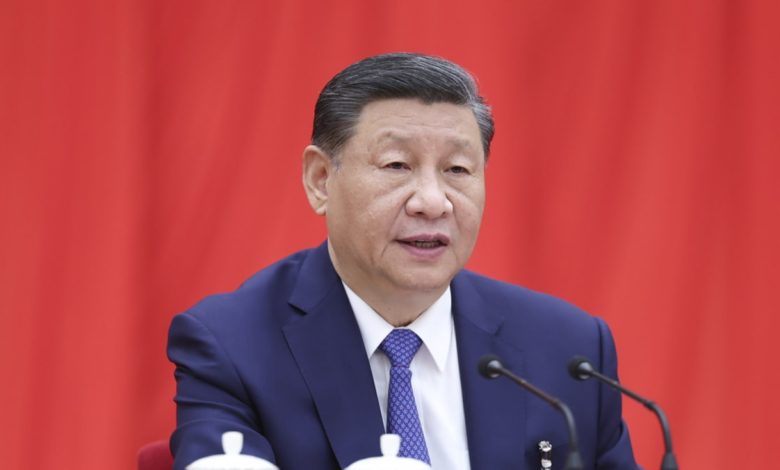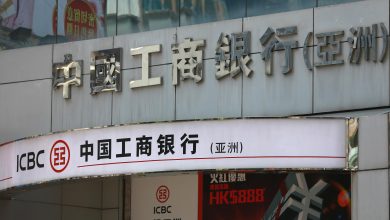Analysis: Why a 2029 mention in the third plenum suggests Xi Jinping is seeking a fourth term as China’s helmsman

China’s latest gross domestic product (GDP) figures were released on Jul 15, coinciding with the start of the third plenum.
The 4.7 per cent growth logged in Q2 2024 was down from the previous quarter’s 5.3 per cent, falling short of economists’ expectations and marking the lowest quarterly growth figure since the start of 2023.
In October 2022, China delayed the release of GDP data amid the twice-a-decade party congress that further consolidated power under Mr Xi.
“This lower-than-5 per cent growth could be the new normal in the coming years,” said Dr Chen from EAI in a separate interview, referring to the timing of the release of the latest GDP growth numbers.
TRUSTING IN TECHNOLOGY
To keep the economic engines humming, China is making clear that it views technology as the be-all and end-all for the short to medium term at least, said the analysts participating in the CCA seminar. They added that this also feeds into the country’s quest for self-sufficiency.
“There’s this massive emphasis on technology innovation in the so-called new quality productive forces (xin zhi sheng chan li),” said Dr Lee, referring to the catchphrase coined by Mr Xi in September last year during a trip to China’s northeastern rust belt.
She pointed out how tech-related terms feature extensively throughout the third plenum resolution document, in contrast to the comparatively muted mentions of property and housing.
“It’s clear to me from the third plenum document that the Chinese leadership has decided that to sustain this level of growth. China needs systemic upgrading along the global value chain, not just short-term stimuli,” said Dr Lee.
This focus on tech is a “clear statement” that manufacturing is going to be the mainstay of Chinese development, said Mr Bert Hofman, a professor at EAI and an honorary senior fellow on the Chinese economy at CCA.
“(It’s) a policy of doubling down on science and technology, on industrial policy, linking the two, (and) having all kinds of tools that would link the two.
“Basically, it is not just (that) of today’s technology, but future technology, the high-quality productive forces.”
At the same time, the analysts cautioned that the heightened pursuit of all things technology could have undesirable results.
Dr Lee warned that income inequality could be widened, which would undermine Mr Xi’s “common prosperity” push, even as she noted that the term wasn’t featured prominently in the third plenum document.
“(Common prosperity) is still one of the key tenets of Xi Jinping’s economic philosophy … if we (look at) other developed economies, high-paying tech jobs are not evenly distributed, and sometimes that can lead to further socio-economic disparities,” she said.
Meanwhile, China’s reluctance to resort to traditional stimuli to directly support consumers in households has “definitely made the recovery much bumpier and much more uncertain”, Dr Lee noted.
Trade tensions could also throw a spanner in the works amid accusations of Chinese overcapacity. For instance, Chinese electric vehicles have been taking the world by storm, but they’ve since been met with a raft of tariffs from the US and Europe.
The third plenum document suggests that the Chinese leadership is cognisant of these speedbumps, Dr Lee said.
“There’s definitely an emphasis on China adapting by relocating supply chains to emerging markets and shifting the economy towards domestic consumption,” she noted.
Still, it remains uncertain how effective these policies will be as the geopolitical landscape heats up – and also, whether China’s focus on national security and self-sufficiency will attract or deter foreign investment, Dr Lee cautioned.





